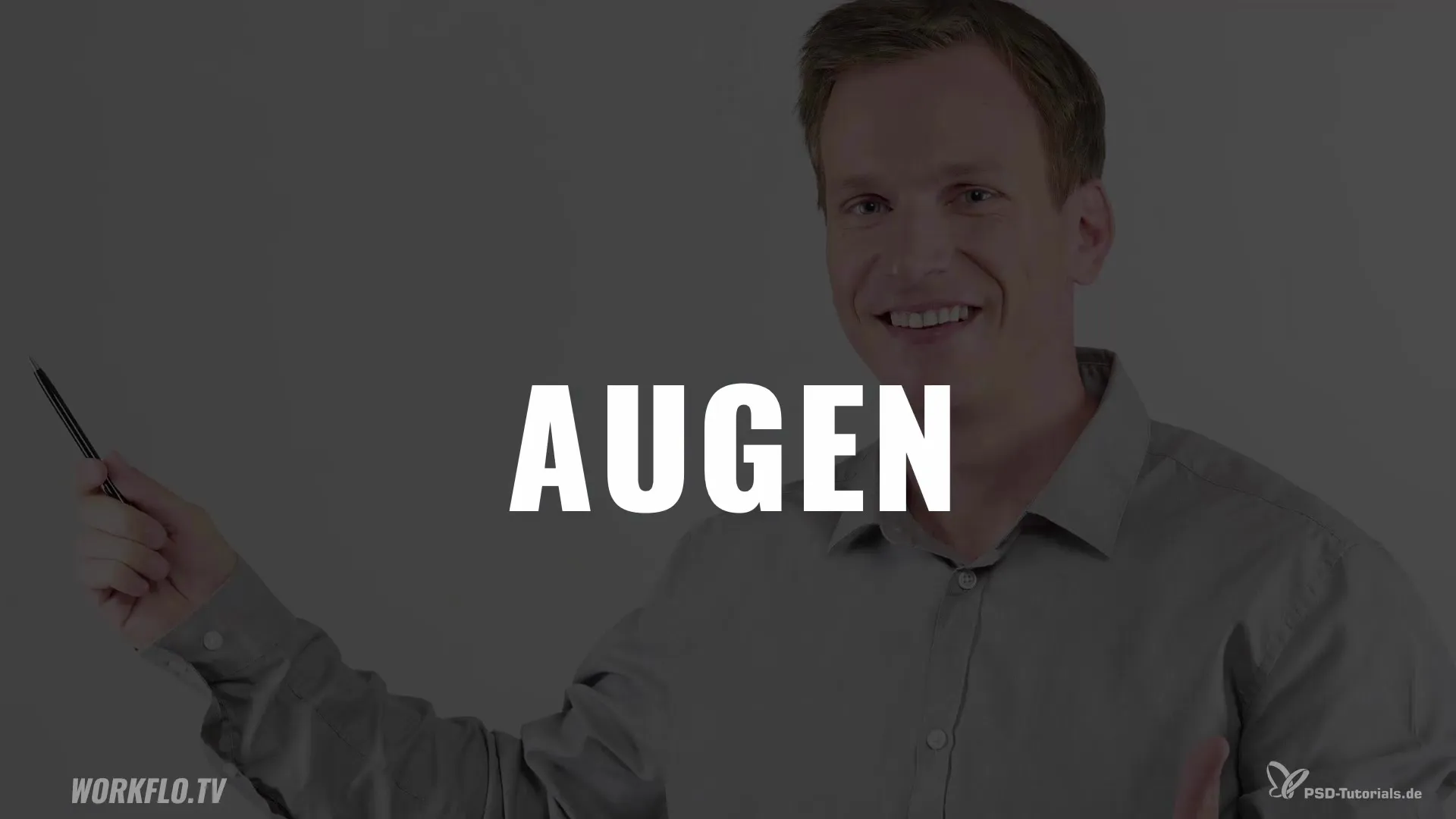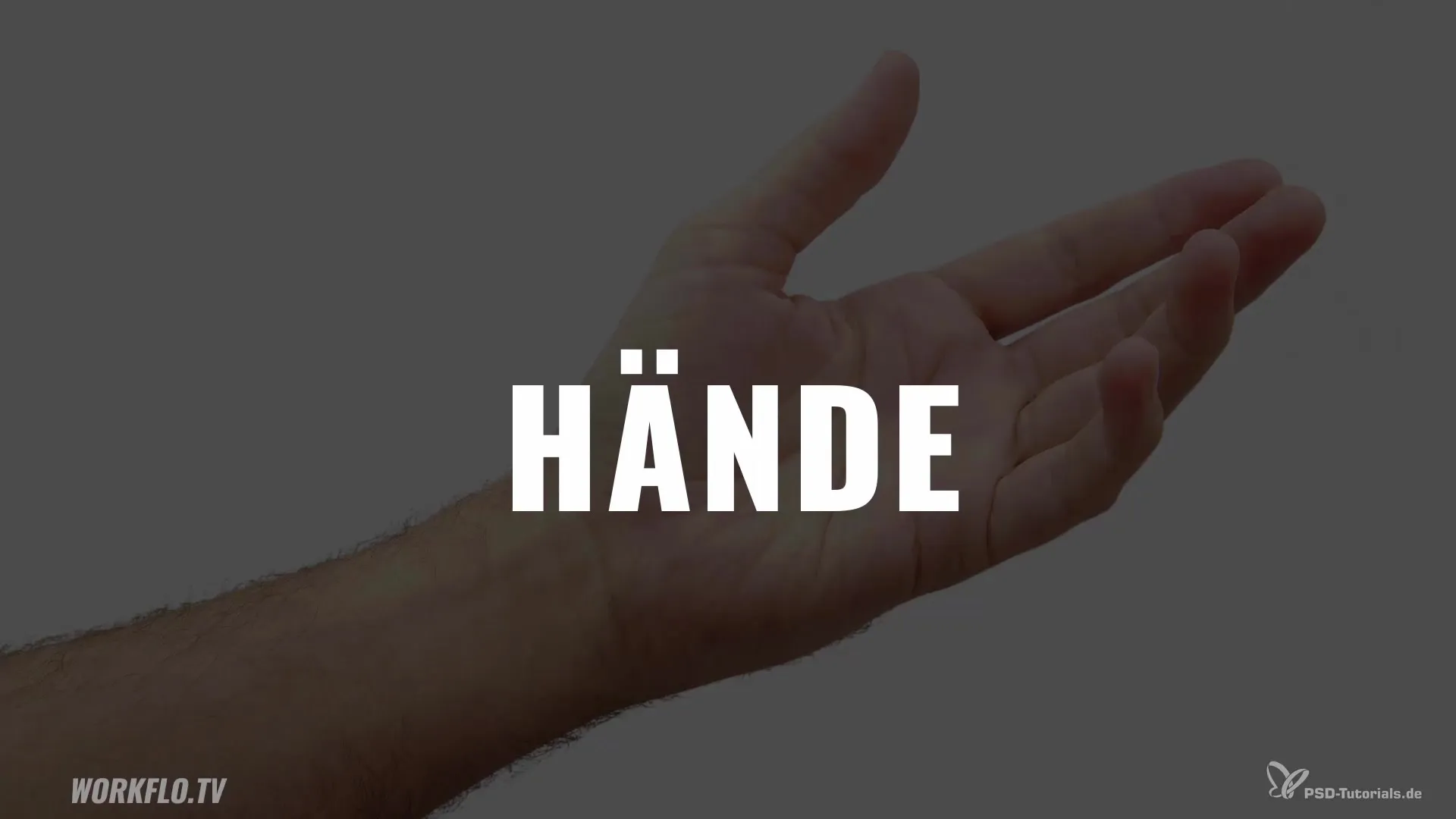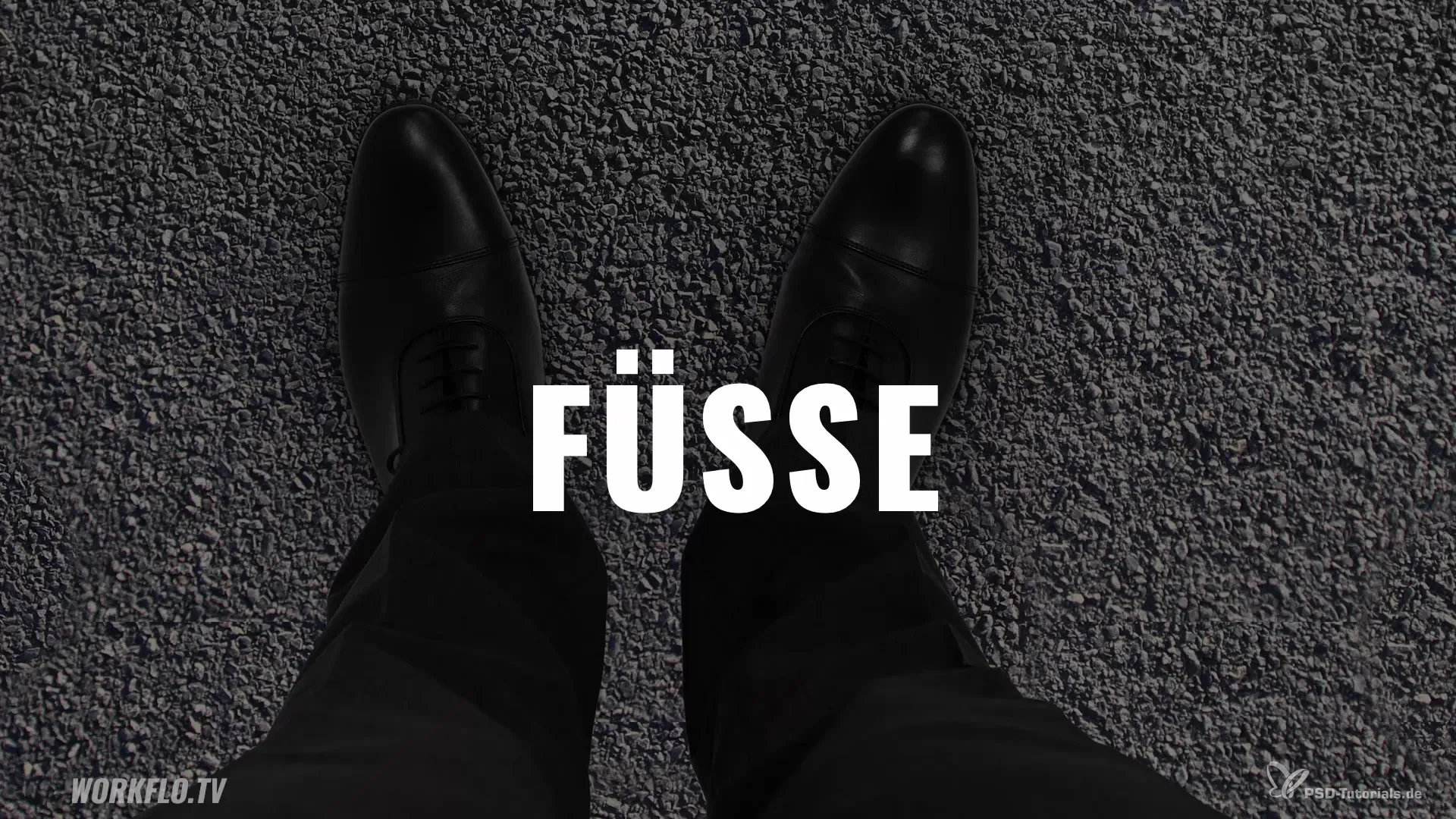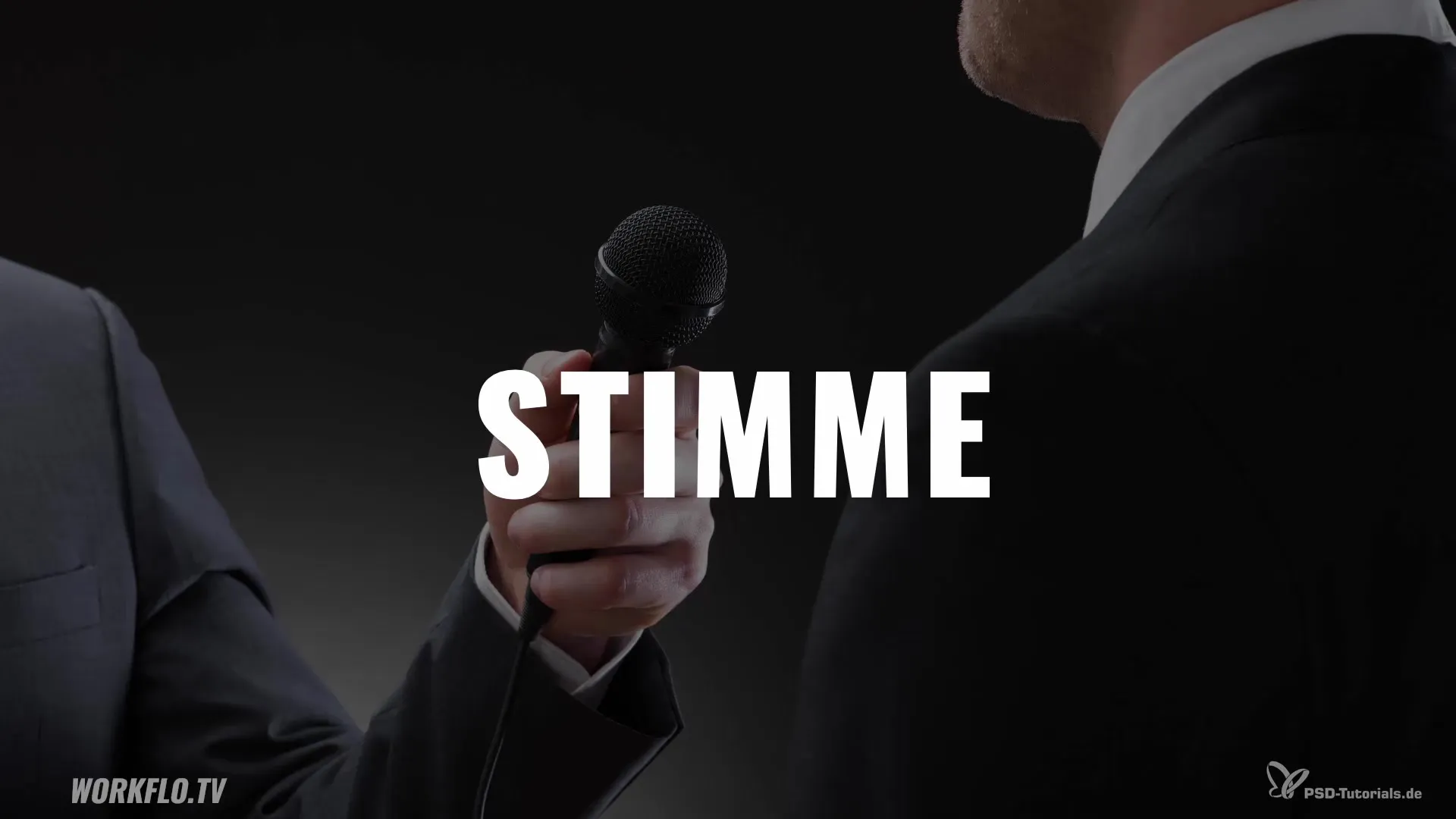What makes a good presentation? Often it's not just the content you convey, but also the way you do it. Your body language plays a crucial role. In this guide, you'll learn how to engage and excite your audience through the conscious use of your eyes, hands, and feet. Let's dive directly into the tips.
Key Insights
- Your eye contact is crucial to establish a connection with your audience.
- The targeted use of your hands can convey your content more impressively.
- The position of your feet and your stance influence your presence and charisma.
- Vary your voice and speaking pace to captivate and engage the audience.
Step-by-Step Guide
1. Effective Eye Contact
Start your presentation with clear and inviting eye contact. The golden rule is to look into the eyes of your listeners rather than staring at the screen or your laptop. This way, you can recognize reactions, adapt, and convey emotions. Ensure you are not staring but are observant and friendly.

2. Hand Gestures
Your hands are powerful tools for conveying and enhancing information. Keep your hands visible at all times and – as a rule of thumb – above your hips or ideally in a position that supports gestural speaking. Avoid putting your hands in your pockets or crossing them – this radiates insecurity and takes away the opportunity to actively emphasize your content. A helpful tip is to keep your hands apart for relaxed gesturing, taking up more space and thus appearing more confident.

3. The Position of Your Feet
You may not have considered the position of your feet, but it is challenging for your own presence. Stand shoulder-width apart and find a firm starting position. This gives you security and stability. Spontaneous movement can indicate nervousness, as your body may want to release energy there. Keep your feet in a stable position and return to this position regularly.

4. The Art of Pauses
A frequently underestimated element is pauses during your presentation. They not only give you time to catch your breath but also provide your listeners a moment to process the information. Use pauses to build tension or to particularly highlight important points. When you use your body language in harmony with the pauses, you will clearly engage your listeners.
5. Voice and Speaking Pace
Your voice is a versatile instrument that can convey many emotions. It is important to handle your voice consciously so that it conveys the right mood. Vary your speaking pace, meaning do not speak monotonously; instead, alternate between faster and slower passages. Work with volume, emphasis, and contrasts to enhance attention and maintain your audience's interest.

6. Passion and Energy
Every presentation becomes credible when you speak with passion and energy. This enthusiasm will resonate with your audience. Be motivated and communicate your content with a clear goal in mind. Show your passion not only in your words but also through your body language.
Summary – Effectively Using Body Language for Convincing Presentations
A successful presentation is a successful connection of content and body language. Focus on establishing eye contact with your audience, use your hands consciously to support your message, find a stable standing position, and vary your voice to captivate your listeners. Show passion and use effective pauses to convey your message impressively and create a lasting connection.
Frequently Asked Questions
How important is eye contact in a presentation?Eye contact is crucial to establish a connection with your audience and convey emotions.
How can I use my hands more effectively?Keep your hands visible and in a relaxed position to better emphasize your content.
What is the ideal standing position?Stand shoulder-width apart and find a stable starting position to which you regularly return.
How often should I take pauses?Use pauses regularly to give your audience time to think and to highlight important points.
How can I make my voice more interesting?Vary your speaking pace, volume, and emphasis to speak dynamically and engagingly.


